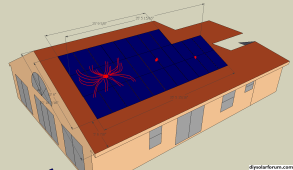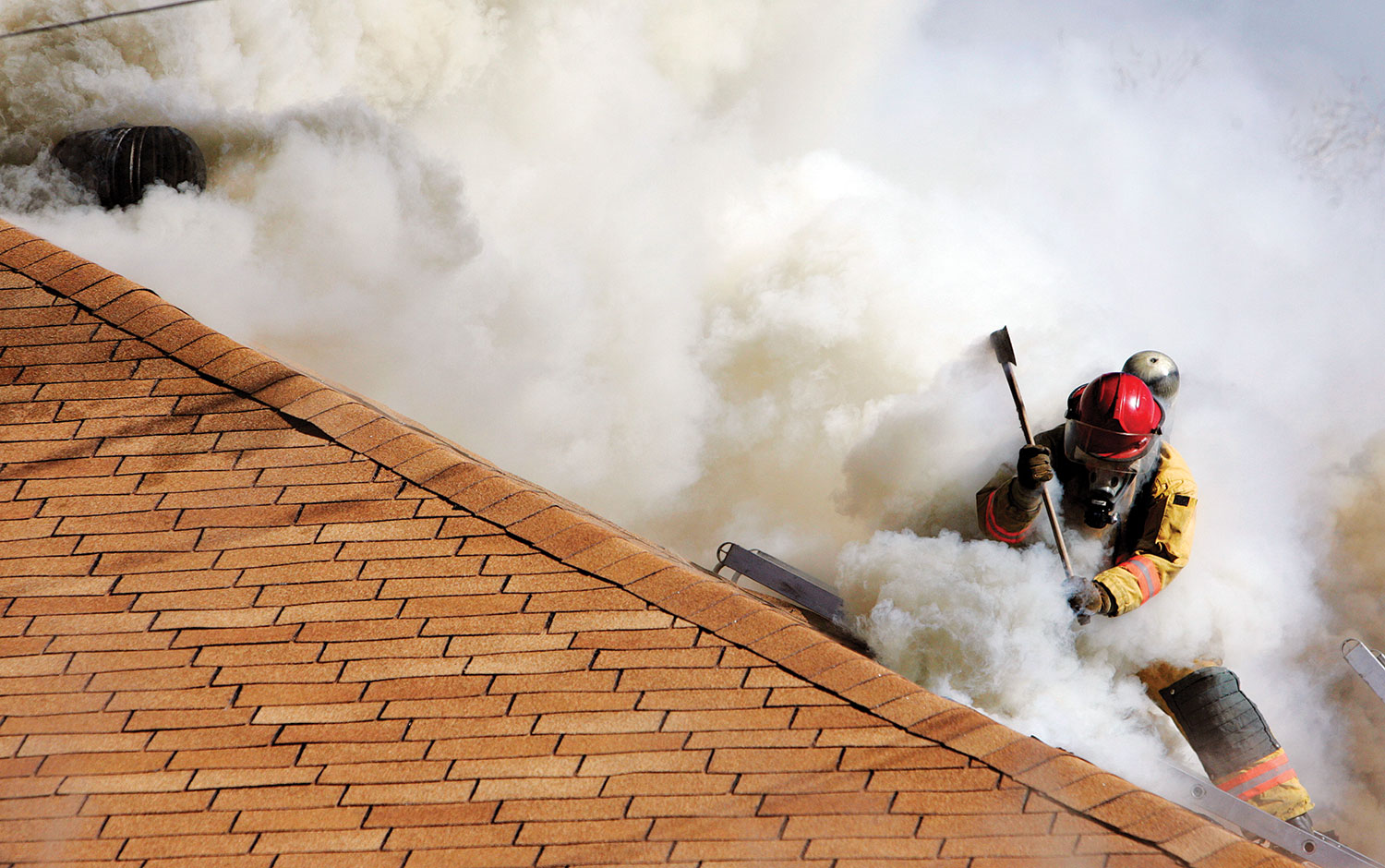big
New Member
Replacing roof. Considering solar power system while I'm at it.
Generally like the micro inverter approach, although mounting them on/with the panels is not ideal. Harsh environment for the electronics and somewhat difficult to replace.
Yes, I know most of the micro inverters come with a 25 year warranty. I also know designing and verifying the electronics actually live this long is a daunting task. 25 year warranty possibly a figment of the marketing department.
So my question is, is there a reasonable way to mount the micro inverters indoors? Seems like the big issue is cabling.
Generally like the micro inverter approach, although mounting them on/with the panels is not ideal. Harsh environment for the electronics and somewhat difficult to replace.
Yes, I know most of the micro inverters come with a 25 year warranty. I also know designing and verifying the electronics actually live this long is a daunting task. 25 year warranty possibly a figment of the marketing department.
So my question is, is there a reasonable way to mount the micro inverters indoors? Seems like the big issue is cabling.





